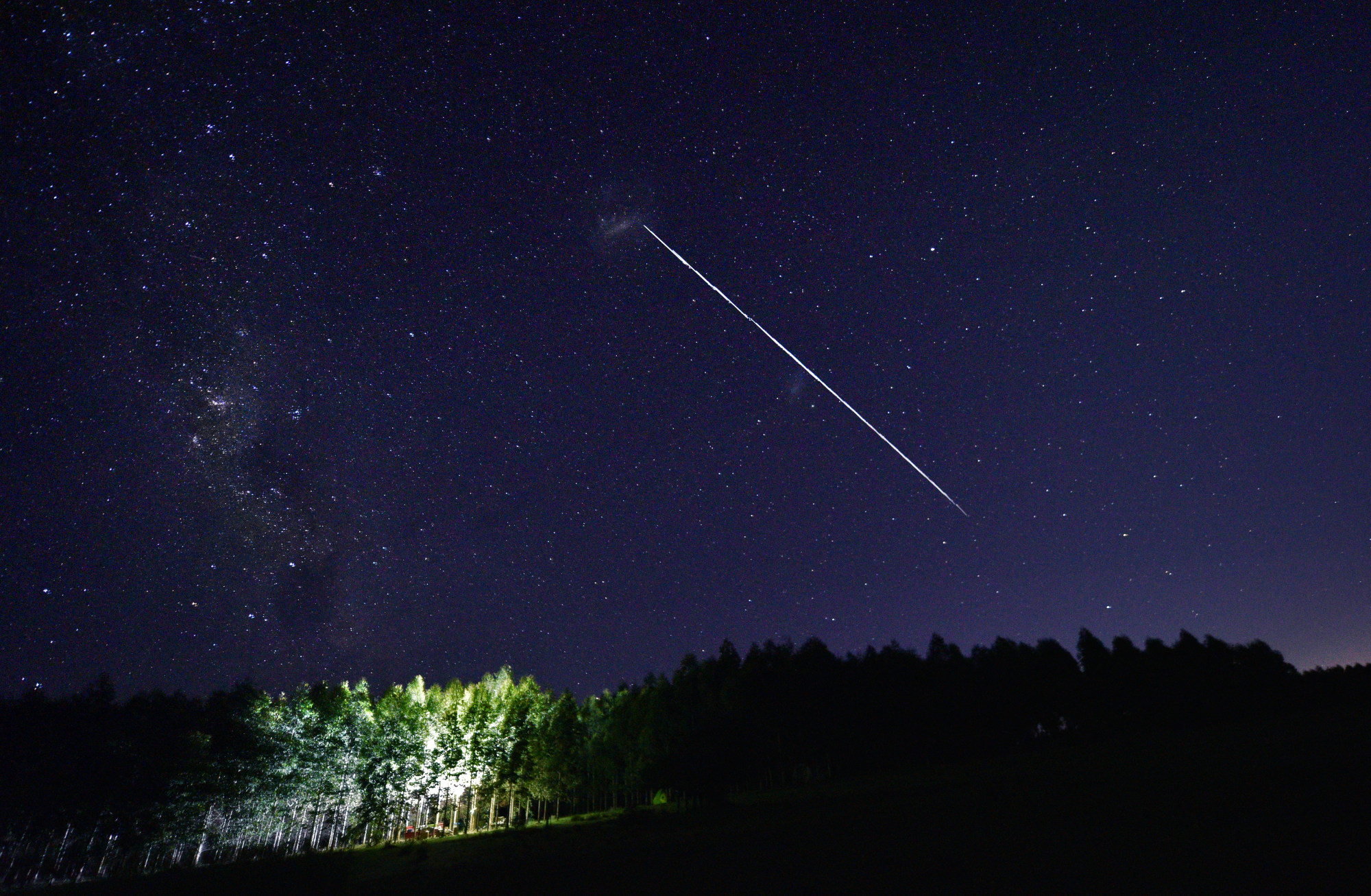
Near misses reflect need for new treaty to keep space safe
- Beijing has complained to the United Nations about satellites endangering its space station and ambitious plans by firms will only increase the risk of collisions
The firm is among several with ambitious plans to create constellations numbering hundreds and even thousands for uses including communications, digital connectivity, monitoring and research. But the greater the activity, the higher the risk of accidents, space debris and even sabotage, necessitating better laws and stronger governance.
The movement of the two craft was claimed to have been so erratic and unpredictable that collision avoidance measures had to be implemented. China reminded parties to the Outer Space Treaty of their promise that governments and private agencies had to “bear international responsibility for activities in outer space”.

Collisions occur from time to time in space, but are growing in frequency. Satellites have become smaller, cheaper and easier to make, enabling more people to afford to produce and send them into space. In the forefront is technology tycoon Elon Musk’s SpaceX, which already has 1,900 circling the Earth and eventually plans 42,000, who is locked in a race with fellow entrepreneurs Jeff Bezos of Blue Origin and Richard Branson of Virgin Galactic.
Collisions in space can send rubble at high speed in all directions, endangering satellites and existing and future missions.
Ways to track satellites and debris need to improve and be better coordinated among governments. Removing junk is the next step. But in an increasingly complex environment, the most important piece of space law, the 1967 Outer Space Treaty, also needs to be revised or perhaps even replaced by a new pact.
Low orbit space, increasingly crowded and congested by technology seen as essential for the world’s development, has to be kept orderly and safe.

